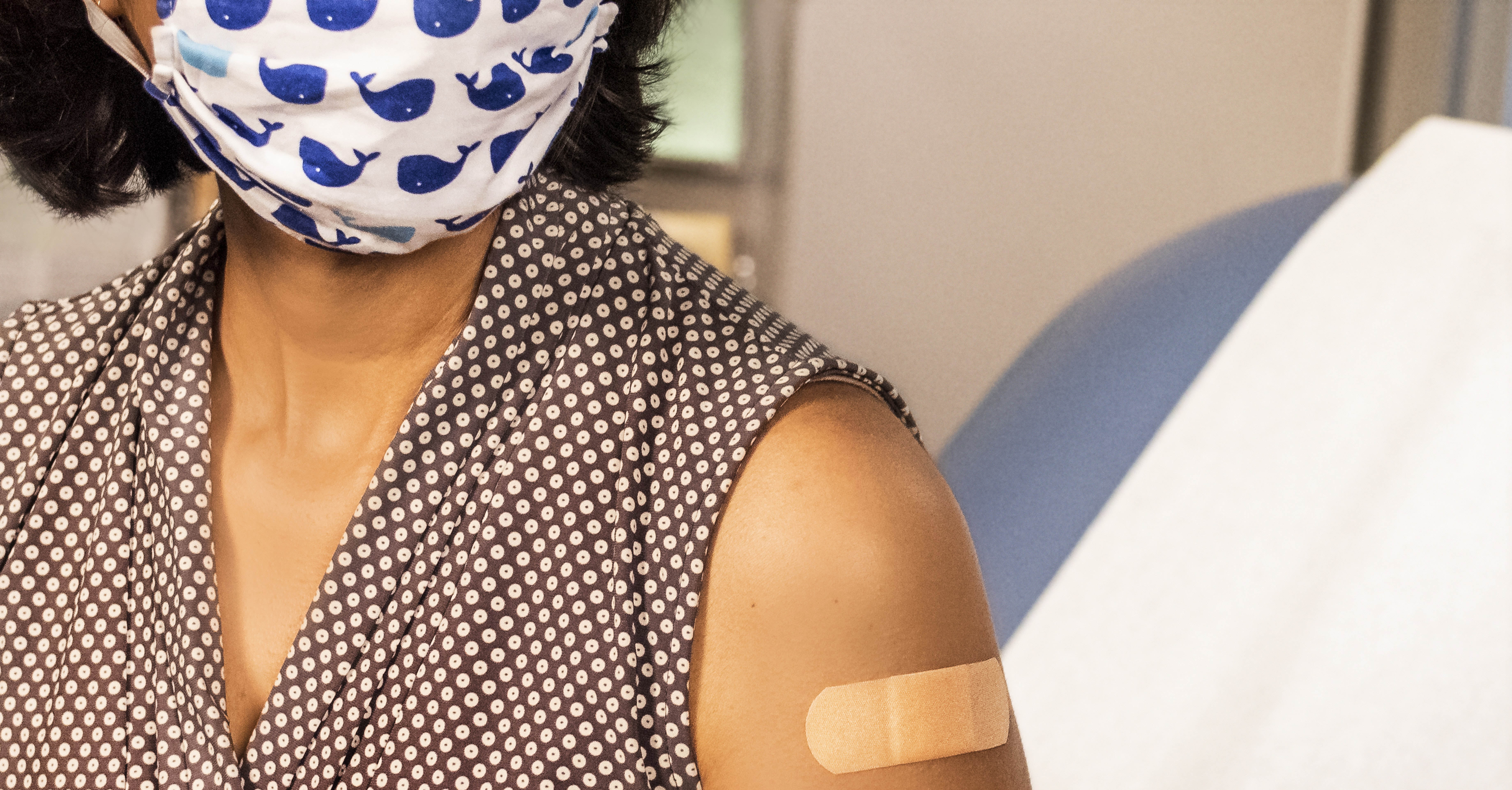To Combat Vaccine Hesitation, Identify and Target ‘Fence-Sitters’ Early in Pandemic

New research from Abram L. Wagner
Research Assistant Professor of Epidemiology
Identifying adults who are ambivalent about vaccines early in a pandemic and finding community leaders who can help spread reliable information within their communities could help reduce vaccine hesitancy, according to a new University of Michigan study.
"These findings have important implications for public health messaging and planning. Fence-sitters are probably the people who are easiest to target for certain health promotions." said Abram L. Wagner, a research assistant professor of Epidemiology at the University of Michigan School of Public Health and lead author of the report, which looked at changing attitudes towards traditional vaccines and the COVID-19 vaccine among US adults.
For their analysis, researchers used data from the COVID-19 Coping Study, led by University of Michigan professors Lindsay Kobayashi of the School of Public Health and Jessica Finlay of the Institute for Social Research. The longitudinal study seeks to understand how the pandemic-related control practices and policies are affecting the mental health and well-being of older adults.
The study followed adults 55 and older living in the United States on a monthly basis from April 2020 through May 2021. It included data from 2,358 participants, and while the survey was not designed to be representative of the U.S. population, it provides actionable data for pandemic preparedness policies, the researchers say.
Wagner said they were interested in this age group because older adults have a higher risk of severe illness from SARS-CoV-2.
"At the time we were conducting this study, whether they would get the COVID-19 vaccine was not necessarily a given," said Wagner, who added they wanted to see if there was a relationship between what participants thought about vaccines in general and whether they would get the COVID-19 vaccine specifically.
Researchers first categorized each individual as an acceptor, ambivalent or rejector based on their attitudes towards vaccines at the start of the vaccine rollout. They compared these groups by sociodemographic characteristics (sex, age, race, among others) and risk reduction behavior such as mask wearing and social distancing.
At the beginning of the study, researchers identified 88.9% of the respondents as vaccine acceptors, 8.6% as vaccine ambivalent and 2.5% vaccine rejectors. By the end of the study, 90.7% of acceptors, 62.4% of the ambivalent and 30.7% of the rejectors had been vaccinated. Other key findings included:
- The vaccine-ambivalent were more likely to be Black and Hispanic. A CDC study had previously shown that vaccine rejectors tend to be white and of lower socioeconomic status.
- While the respondents' attitudes towards vaccines varied, all groups expressed concerns over new vaccines and having potential serious adverse effects.
- The study supports previous research that shows the ambivalent feel strongly about protecting others.
- Lower uptake of COVID-19 vaccination among the ambivalent shows the "wait and see" approach seeks reaffirmation from community members.
Understanding why some might hesitate to get the vaccine and identifying those who are ambivalent early on could help come up with strategies targeting these specific populations, Wagner says.
"The next time that we need to introduce a new vaccine into the population, we could quickly identify who these fence-sitters are. We followed them for a period of time and there was a strong relationship between their hesitancy in how we group them and their actual behaviors," he said.
Also relevant for future pandemic preparedness, Wagner says, is focusing on who is delivering the message.
"It might be that we have to work through people outside of the health care system," he said. "Doctors and nurses can be really important people for introducing something to a community, but we found that not everybody is going to believe messaging from them.
"There are other community leaders that could help communicate like religious leaders, political leaders or even business leaders. I think it'll be important to kind of think carefully about who's delivering the message."
In addition to Wagner, Kobayashi and Finlay, the study's co-authors included Julia Porth, Zhenke Wu and Matthew L. Boulton, all with Michigan Public Health.
